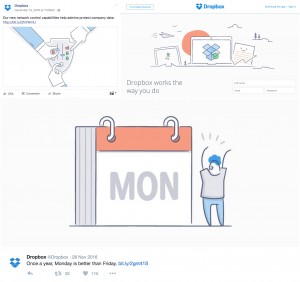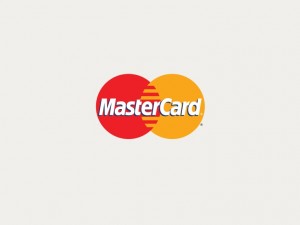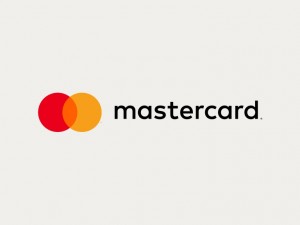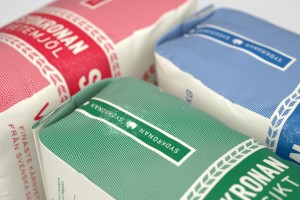We’re always on the lookout for new and interesting voices and insights from the design world. Whether it’s actionable tips for designers as they attempt to move forward with their portfolio, or just some great design hints and editorials, these are our ten must follow design and print design blogs.
1. Print

This is a great hub for all things print design. Whether it’s design theory or design culture, there is an impressive array of design insight gathered in one place. There is an “Inspiration” section to feed the imagination of the aspiring artist, as well as a designer of the week, allowing you to gain a valuable insight into up and coming designers and general fellow-travelers.
2. Art of The Menu

Art of the Menu is a subdivision of the website Under Consideration, which is a creative brand in and of itself. However, Art of the Menu is quirky and unique because it focuses on one very specific aspect of the design world – the menu. After Website #1 on our list, this is a wonderfully specific website, with a focus on a very particular niche area of the design world. The content of the site is structured around different menus from around the world.
3. Friends of Type

Friends of Type is a love letter to all things graphic design and typographic. It is designed to be a resource and source of inspiration for fellow artists and designers. In short, it’s a great place for people with a love of typography. Features include the fresh daily contributions by all the main editors of the website. There are also some interesting special features on the website, including a guest designer of the month.
4. Brand New

This is another division of the Under Consideration umbrella of websites, and is a companion site to Entry #2 in our list, Art of the Menu. Where that site had a culinary emphasis, this casts its eye on the design practices and design trends surrounding brand names. The site is shaped by conversations around corporate and brand identity.
5. You The Designer

A graphic design lifestyle blog, this website contains some brilliant showcases and examples of graphic design, including comic books and graphic novels. It’s chockful of list posts and helpful blogs (rather like this one, eh?). Our recent favourites include “6 Gems of Unconventional Advice for Graphic Designers”. These include “learn the principles of storytelling”, and the importance of a good story to any craft.
6. Spoon Graphics
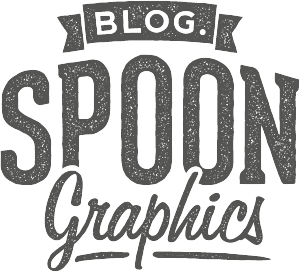
Spoon Graphics is an absolute must for print designers; this is a blog which is careful to make the distinction between digital design and print design, and tailors its content accordingly. There is a whole array of useful tutorials for the aspiring graphic designer, with articles and videos, Our most recent favourite is the “Showcase of Creative Album Covers”, which covers some of the more alternative album covers.
7. Grain Edit

Grain Edit is a site which focuses on print and graphic designs of the 1950s and 1970s. Before you start worrying it’s stuck in a bit of a time warp, it also showcases the artists who find themselves inspired by this time period. It’s content is comprised of interviews, articles and design libraries and even vintage children’s books from the time period in question.
8. Booooom
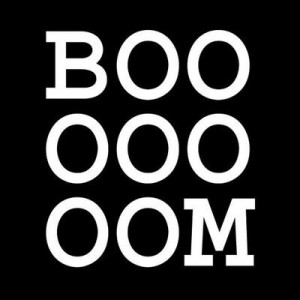
This quirkily titled site is billed as a platform for emerging artists. It’s a pretty open, democratic site and is a platform not just for graphic design, but also film, music and design. Submissions are open to everyone, and operate on a monthly basis.
9. The Book Design Blog

The Book Design blog is a great niche blog for lovers of book design and editorial design. There are so many exciting and wonderful showcases of book design on this site, from all corners of the world. Again, there is the opportunity for artists and aspiring designers to submit their own work.


